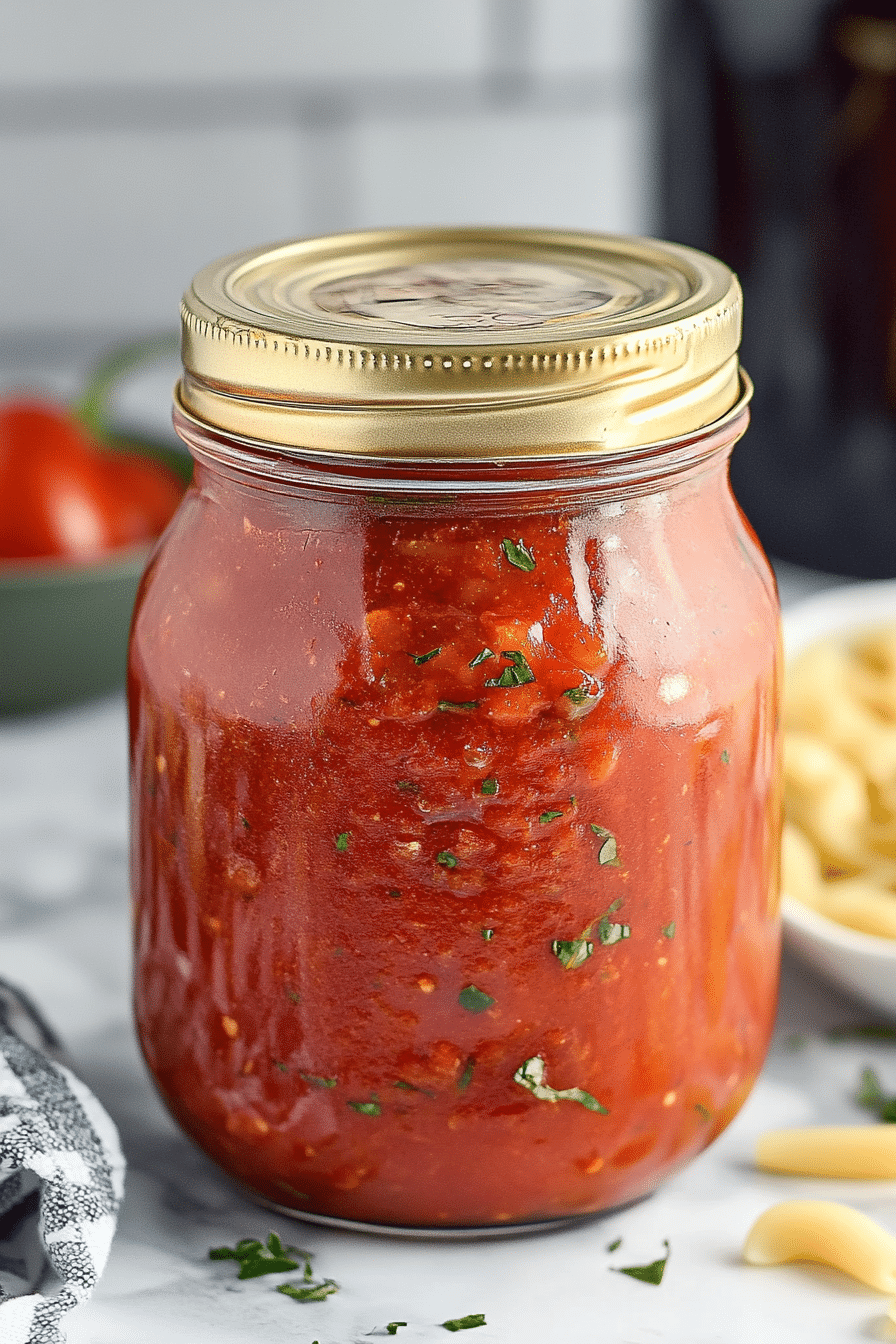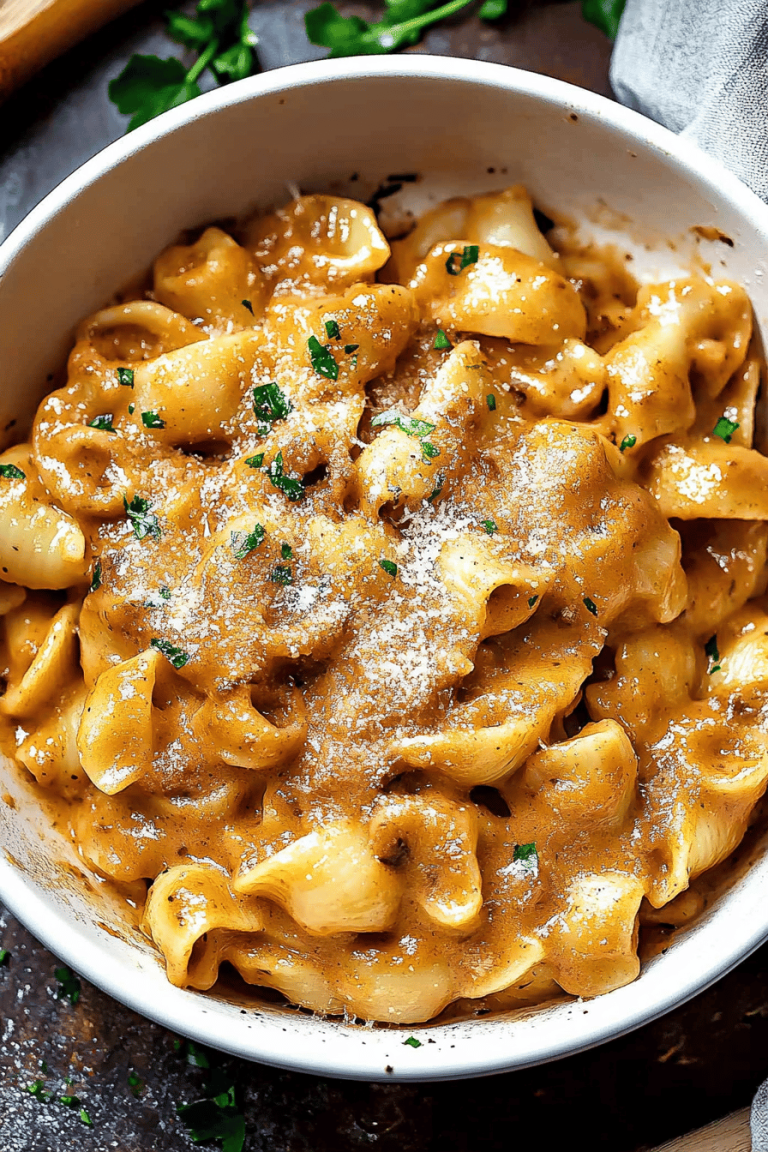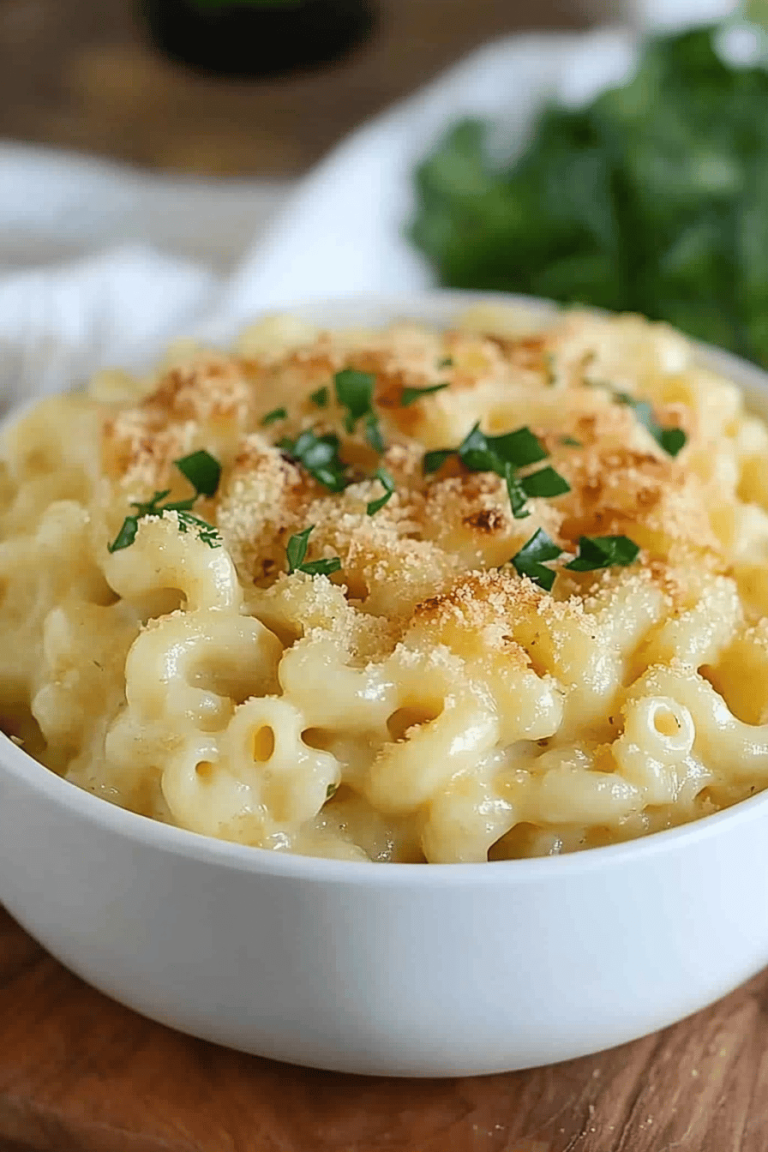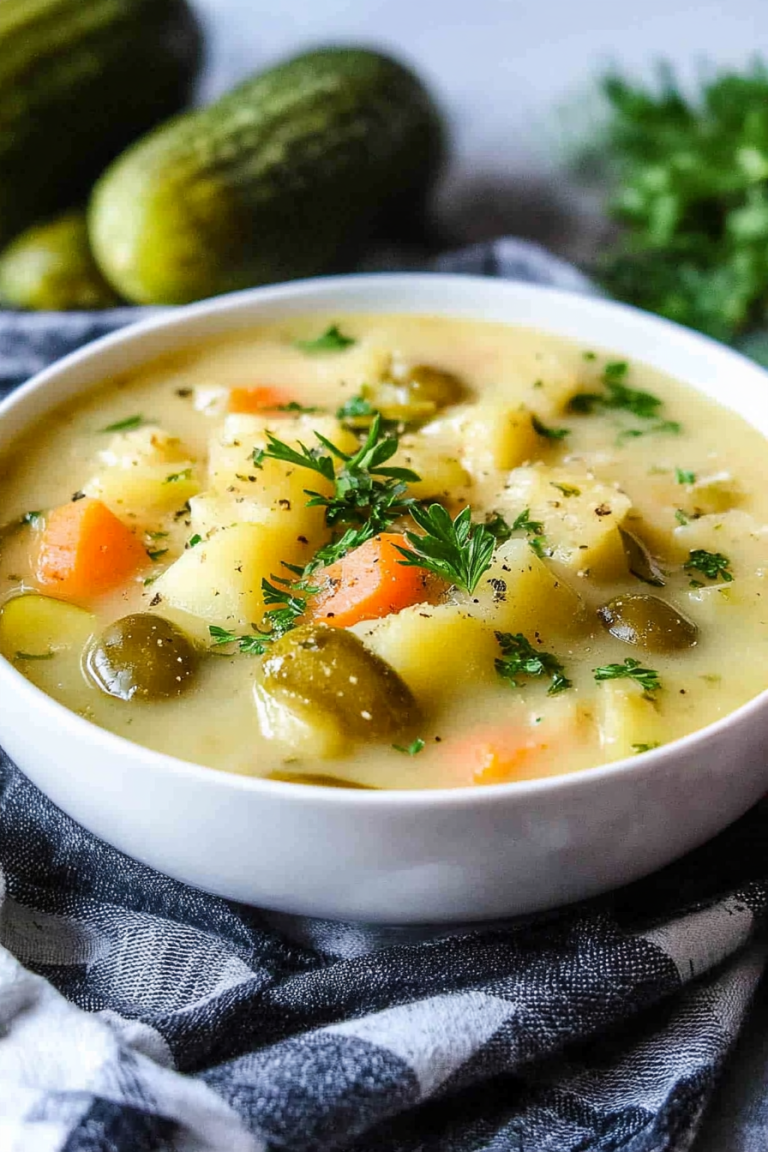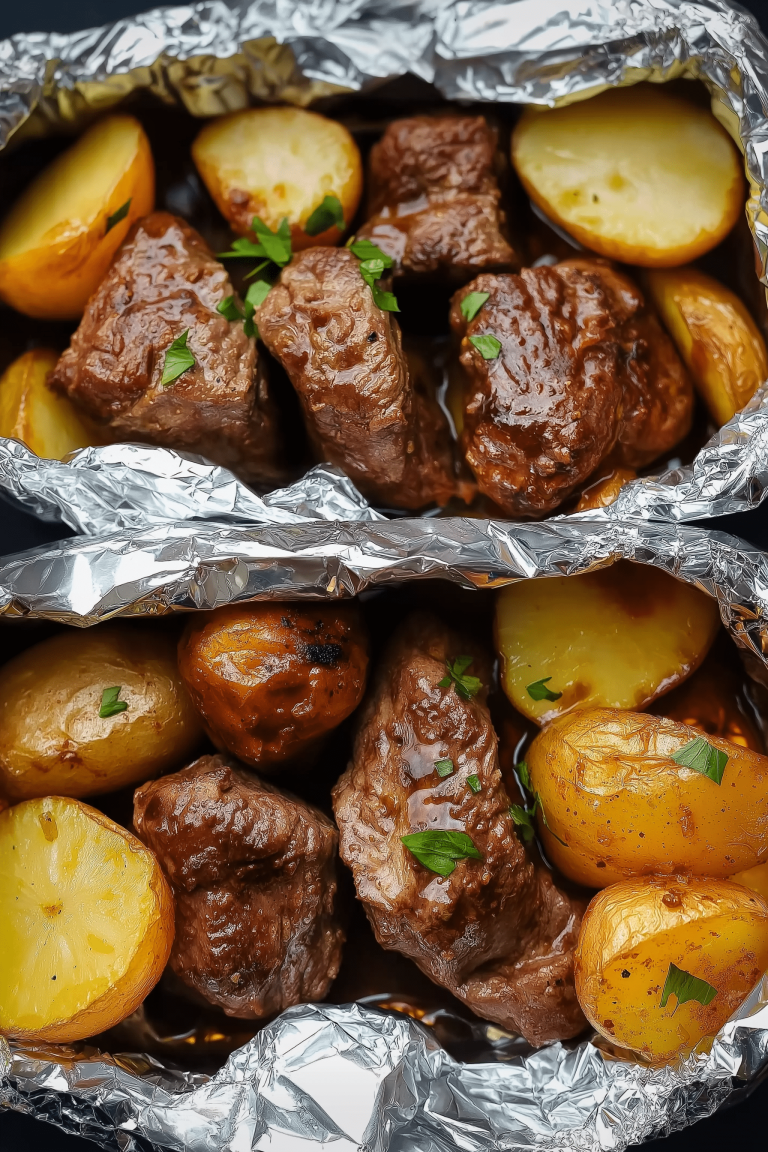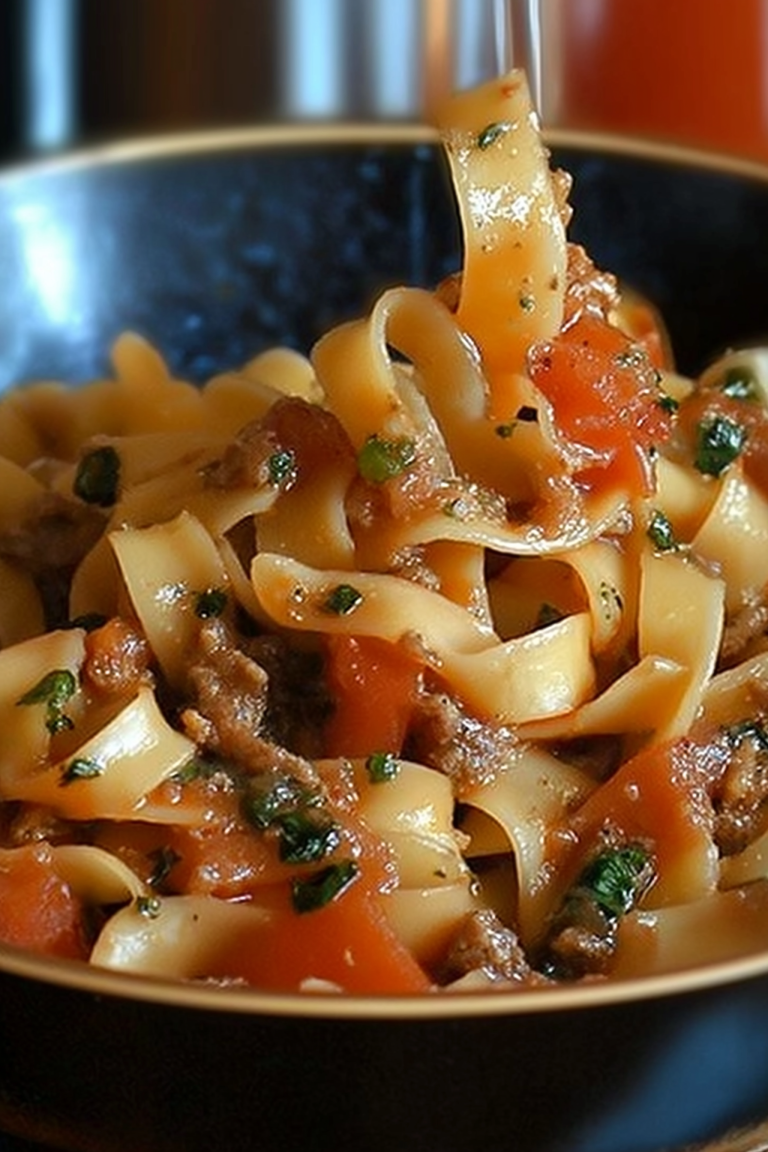Homemade Spaghetti Sauce Recipe
There are some recipes you stumble upon, and then there are some that just *become* you. This homemade spaghetti Sauce Recipe? It’s definitely the latter. I remember the first time I made it, years ago, on a whim. I was craving something hearty, something that tasted like it had simmered for hours, but honestly, I barely had an hour to spare. I was so tired of the bland, jarred stuff, and frankly, a little intimidated by making sauce from scratch. But this… oh, this was a revelation! The aroma that filled my kitchen that day was pure magic, a mix of sweet tomatoes, savory garlic, and fragrant herbs. My partner, who is notoriously picky about his pasta, took one bite and his eyes just lit up. He practically inhaled his plate! Now, it’s a staple in our house. It’s the sauce I whip up when unexpected guests drop by, the one I rely on for busy weeknights, and the one my nieces and nephews beg for whenever they visit. It’s just so much more vibrant and flavorful than anything you can buy in a jar. Think of it as your secret weapon for amazing pasta nights.
What is the recipe for homemade spaghetti sauce?
So, what exactly *is* this magical concoction? At its heart, it’s a classic, slow-simmered marinara, but with a few little twists that make it sing. It’s essentially a rich, robust tomato sauce that’s packed with flavor from good quality ingredients and a healthy dose of patience (though not *too* much!). The name itself, “homemade spaghetti sauce,” is pretty straightforward, but it evokes something special, doesn’t it? It’s the antithesis of that watery, overly sweet, or strangely metallic sauce you sometimes get from a jar. This is the real deal – a sauce that feels like a warm hug in a bowl. It’s designed to be incredibly versatile, perfect for coating spaghetti, layering in lasagna, or spooning over chicken parmesan. It’s the kind of sauce that makes even the simplest meal feel like a gourmet experience. Don’t let the “homemade” part scare you; it’s way more approachable than you might think!
Why you’ll love this recipe?
Honestly, where do I even begin? This homemade spaghetti sauce recipe is an absolute lifesaver for so many reasons. First off, the FLAVOR! It’s incredibly deep and complex. You get the natural sweetness of the tomatoes, the pungent kick of garlic, the aromatic whisper of oregano and basil, and just a hint of sweetness from the onion. It’s balanced, rich, and utterly satisfying. Then there’s the SIMPLICITY. I know “homemade sauce” can sound daunting, but this is surprisingly straightforward. You don’t need fancy equipment or hours of constant stirring. Most of the magic happens while it simmers away, doing its own thing. It’s also wonderfully COST-EFFECTIVE. Buying good quality jarred sauce can add up quickly, especially if you have a family to feed. Using canned tomatoes and basic pantry staples makes this incredibly budget-friendly without sacrificing an ounce of taste. And the VERSATILITY? It’s off the charts! I use this as the base for my lasagna, my baked ziti, even as a dipping sauce for Mozzarella Sticks. It’s a true kitchen workhorse. What I love most about this is how it instantly elevates any pasta dish. It feels like a special occasion, even when it’s just a Tuesday night. It’s so much better than any store-bought sauce I’ve ever tried, and honestly, it’s even better than some I’ve had at restaurants!
How do I make homemade spaghetti sauce?
Quick Overview
This is your shortcut to a deeply flavorful, from-scratch spaghetti sauce. We’ll start by building a robust flavor base with sautéed aromatics, then add quality tomatoes, simmer them to perfection with a blend of herbs and spices, and finish with a touch of richness. It’s designed for maximum flavor with minimal fuss, perfect for busy evenings or when you just crave that authentic, homemade taste. Trust me, the aroma alone will tell you you’re doing something right!
Ingredients
For the Flavor Base: For the Flavor Base: For the Flavor Base: For the Flavor Base: For the Flavor Base: For
2 tablespoons Olive Oil (a good quality extra virgin olive oil makes a difference here!)
1 large yellow onion, finely chopped (I like yellow onions for their sweetness)
4-6 cloves garlic, minced (don’t be shy with the garlic, it’s key!)
1/2 teaspoon red pepper flakes (optional, but it adds a lovely subtle warmth)
For the Tomato Goodness:
2 (28-ounce) cans crushed tomatoes (San Marzano style are my absolute favorite for their sweetness and low acidity, but any good quality crushed tomatoes will work)
1 (15-ounce) can tomato sauce (this helps with texture and body)
1 tablespoon tomato paste (for that extra concentrated tomato punch)
For the Herb & Seasoning Magic:
1 teaspoon dried oregano
1 teaspoon dried basil (or 1/4 cup fresh basil, added in the last 10 minutes of simmering)
1/2 teaspoon dried thyme (optional, but I love it!)
1 bay leaf (don’t skip this! It adds a subtle depth)
1 teaspoon salt, or to taste
1/2 teaspoon Black Pepper, or to taste
1 teaspoon sugar (this balances the acidity of the tomatoes, you can adjust based on your tomatoes)
Optional Richness Boost:
1/4 cup dry Red Wine (like Chianti or Merlot – it adds an incredible depth of flavor, but it’s totally optional!)
1 tablespoon butter (added at the very end for silkiness)
Step-by-Step Instructions
Step 1: Preheat & Prep Pan
Grab a large, heavy-bottomed pot or Dutch oven. I find a Dutch oven is ideal because it distributes heat so evenly. Place it over medium heat. Add your olive oil and let it shimmer gently. Don’t let it smoke – that means it’s too hot!
Step 2: Mix Dry Ingredients
This step isn’t about mixing dry ingredients together *before* you start, but rather, getting your dried herbs and seasonings ready. I like to have them measured out in a little bowl next to the stove so I can easily toss them in when the time is right. Having everything prepped makes the cooking process so much smoother and less stressful!
Step 3: Mix Wet Ingredients
The “wet ingredients” here are primarily your canned tomatoes and tomato sauce. Open your cans and have them ready to go. If you’re using red wine, have that poured into a measuring cup as well. The key is to have everything within easy reach so you can add it smoothly when the aromatics are ready.
Step 4: Combine
Add the finely chopped onion to the pot with the olive oil. Sauté, stirring occasionally, until the onion is softened and translucent, about 5-7 minutes. You don’t want them to brown too much, just get tender. Now, add the minced garlic and red pepper flakes (if using) and cook for another minute until fragrant. Be careful not to burn the garlic – it can turn bitter very quickly! If you’re using red wine, this is the time to pour it in. Let it bubble and reduce by about half, scraping up any browned bits from the bottom of the pot. This is where so much of the flavor develops!
Step 5: Prepare Filling
Now for the tomato goodness! Pour in the crushed tomatoes, tomato sauce, and stir in the tomato paste. Add the dried oregano, basil, thyme (if using), bay leaf, salt, pepper, and sugar. Give it all a really good stir to combine everything. Make sure the tomato paste is fully incorporated.
Step 6: Layer & Swirl
This step isn’t about layering or swirling in the traditional sense, but rather ensuring everything melds beautifully. Once all the ingredients are in the pot and stirred together, bring the sauce to a gentle simmer. Once it’s simmering, reduce the heat to low. Cover the pot, leaving the lid slightly ajar to allow steam to escape. This is how the sauce thickens and the flavors meld without becoming too watery.
Step 7: Bake
This sauce isn’t baked; it simmers! Let it simmer on low heat, uncovered or partially covered, for at least 30 minutes, but ideally for 1-2 hours. The longer it simmers, the deeper and richer the flavor will become. Stir it occasionally, maybe every 20-30 minutes, to make sure nothing is sticking to the bottom. You’ll notice it will thicken and the color will deepen. Taste and adjust seasoning as needed towards the end of the simmering time. Remove the bay leaf before serving.
Step 8: Cool & Glaze
Once your sauce has simmered to perfection, remove it from the heat. If you’re using butter for that extra richness, stir it in now until it’s completely melted and incorporated. Let the sauce cool slightly before serving. If you want to add fresh basil, stir it in now. The residual heat will wilt it perfectly.
Step 9: Slice & Serve
This sauce is ready to be tossed with your favorite pasta! I love serving it piping hot over a bed of perfectly al dente spaghetti. A sprinkle of fresh Parmesan cheese and a sprig of basil make it look and taste even more amazing.
What to Serve It With
This homemade spaghetti sauce is a culinary chameleon! Its robust flavor makes it perfect for almost any pasta dish, but it truly shines when paired with the right accompaniments. For a classic Italian-American breakfast, you won’t find anything better than a hearty portion of spaghetti with this sauce, topped with a fried egg. It’s surprisingly comforting and fuels you for the day. At brunch, think of it as the base for a show-stopping baked ziti or lasagna. Serve it alongside crusty garlic bread for dipping – that’s a must! As a dessert, it might sound odd, but a small bowl of this rich sauce can be surprisingly satisfying after a light meal, perhaps with a tiny drizzle of olive oil and a sprinkle of Pecorino. And for those cozy snack times, it’s divine simply spooned over some warm polenta or even as a rich dip for toasted breadsticks. My family also loves it when I serve it with meatballs – the sauce clings to them perfectly, creating a flavor explosion in every bite. We’ve even been known to have “pasta night” as a main meal for holidays, and this sauce is always the star.
Top Tips for Perfecting Your Homemade Spaghetti Sauce
After making this countless times, I’ve picked up a few tricks that really elevate this sauce from good to absolutely unforgettable. First, **choosing your tomatoes is crucial**. While any good quality crushed tomatoes will work, San Marzano tomatoes truly make a difference. They have a beautiful sweetness and a less acidic bite, which means you might need less sugar. Always taste your tomatoes first! If they’re a bit tart, you might need that extra pinch of sugar. Next, **don’t rush the sautéing of the onions and garlic**. This is where you build your foundational flavor. Letting the onions soften and become translucent and the garlic become fragrant without burning is key to a smooth, complex taste. If you add the garlic too early, it can burn and turn bitter. A good rule of thumb is to add garlic in the last minute of cooking the onions. When it comes to **simmering time**, longer is generally better. I know we’re all busy, but if you can let this sauce simmer for at least an hour, the flavors will meld beautifully and it will thicken to that perfect consistency. If you’re short on time, 30 minutes is the absolute minimum, but the flavor won’t be as deep. For **herb variations**, I often use a combination of dried and fresh. Dried herbs are great for simmering, but adding fresh basil or parsley right at the end of cooking brightens up the sauce significantly. For **ingredient swaps**, if you don’t have red wine, a splash of balsamic vinegar can add a similar depth, just be careful as it’s more potent. And if you find your sauce is a little too acidic, a tiny pinch of baking soda (like, 1/8 teaspoon) can neutralize it, but I usually just rely on a touch of sugar or more butter at the end. Finally, for **storing and reheating**, this sauce is a dream! It actually tastes even better the next day, so don’t hesitate to make a big batch. I’ll share more on that below!
Storing and Reheating Tips
One of the best things about this homemade spaghetti sauce is how well it stores and reheats. It’s one of those magical recipes that often tastes even better the next day! For **room temperature storage**, it’s best to let the sauce cool down completely before covering it. Once cool, it can be left out for a couple of hours, but for longer storage, it’s best to refrigerate it promptly to maintain freshness. When it comes to **refrigerator storage**, I usually transfer the cooled sauce into airtight containers. It will stay delicious in the fridge for up to 4-5 days. I’ve found that glass containers are excellent for storing sauces like this, as they don’t absorb odors and are easy to clean. For **freezer instructions**, this sauce freezes like a champ! Let it cool completely, then portion it into freezer-safe containers or heavy-duty freezer bags. Squeeze out as much air as possible before sealing. It will keep beautifully in the freezer for up to 3-4 months. When you’re ready to use it, the best way to thaw is overnight in the refrigerator. You can also gently reheat it on the stovetop over low heat. If it seems a little thick after thawing, you can add a splash of water or broth to loosen it up. **Glaze timing advice** is simple: the glaze (if you choose to add the butter at the end) is best done when you’re about to serve or reheat. If you’re freezing the sauce, wait to add the butter until you’re reheating it on the stove. This ensures that silky richness is at its peak when you enjoy it.
Frequently Asked Questions
Final Thoughts
There you have it – my absolute favorite homemade spaghetti sauce recipe! It’s the kind of dish that makes you feel like a culinary rockstar, even if you’re just starting out. The depth of flavor, the vibrant aroma, and the sheer comfort it brings to any meal are unmatched. It’s so much more than just a sauce; it’s a little bit of love simmered down into a delicious pot. It’s perfect for family dinners, date nights, or even just a solo comforting meal. I hope you give this a try, and I truly believe it will become a cherished recipe in your home, just like it has in mine. If you love this recipe, you might also enjoy my simple baked ziti or my classic lasagna recipe – they both use this sauce as a fantastic base! Please, let me know how yours turns out in the comments below! I’d love to hear about your variations and any family traditions you add to it. Happy cooking!
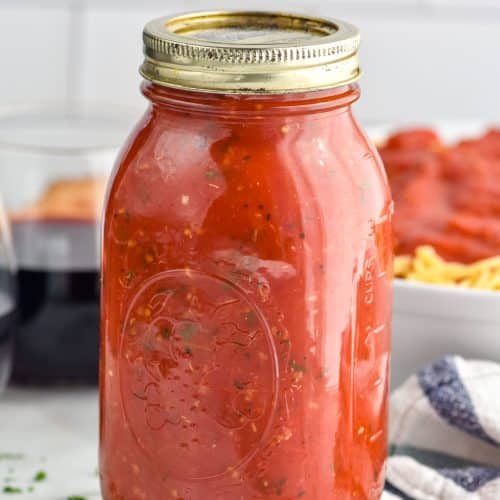
Homemade Spaghetti Sauce Recipe
Ingredients
Main Ingredients
- 2 tablespoon Olive Oil
- 1 large Onion finely chopped
- 4 cloves Garlic minced
- 1 28 ounce can Crushed Tomatoes
- 0.5 cup Water
- 1 teaspoon Dried Oregano
- 0.5 teaspoon Dried Basil
- 0.25 teaspoon Red Pepper Flakes optional
- 1 teaspoon Salt to taste
- 0.5 teaspoon Black Pepper to taste
Instructions
Preparation Steps
- Heat olive oil in a large pot or Dutch oven over medium heat.
- Add chopped onion and cook until softened, about 5-7 minutes.
- Add minced garlic and cook for another minute until fragrant.
- Pour in the crushed tomatoes and water. Stir to combine.
- Add dried oregano, dried basil, red pepper flakes (if using), salt, and black pepper. Stir well.
- Bring the sauce to a simmer, then reduce heat to low, cover, and let it cook for at least 30 minutes, stirring occasionally. The longer it simmers, the deeper the flavor.
- Taste and adjust seasonings as needed.
- Serve hot over your favorite pasta.

